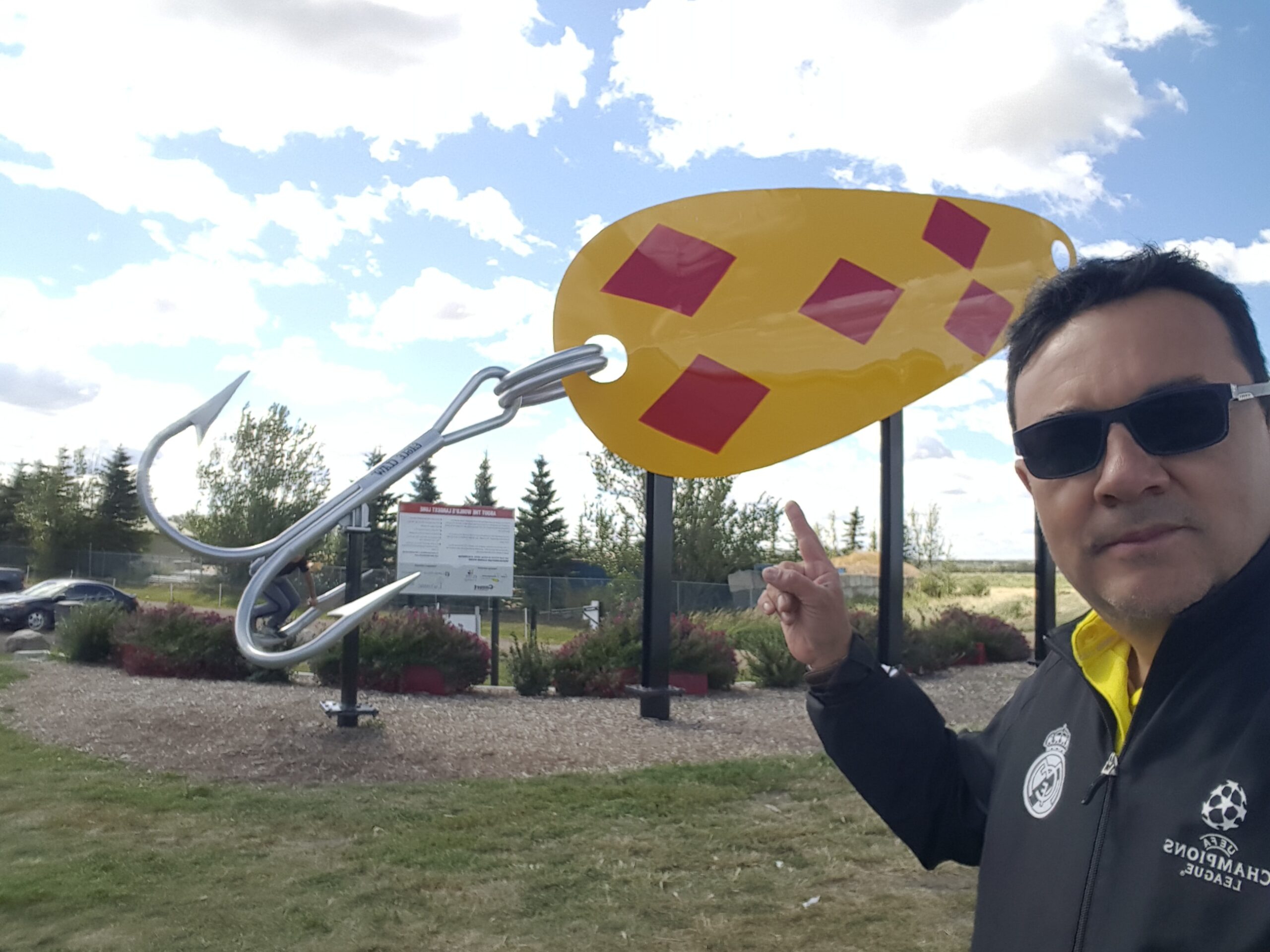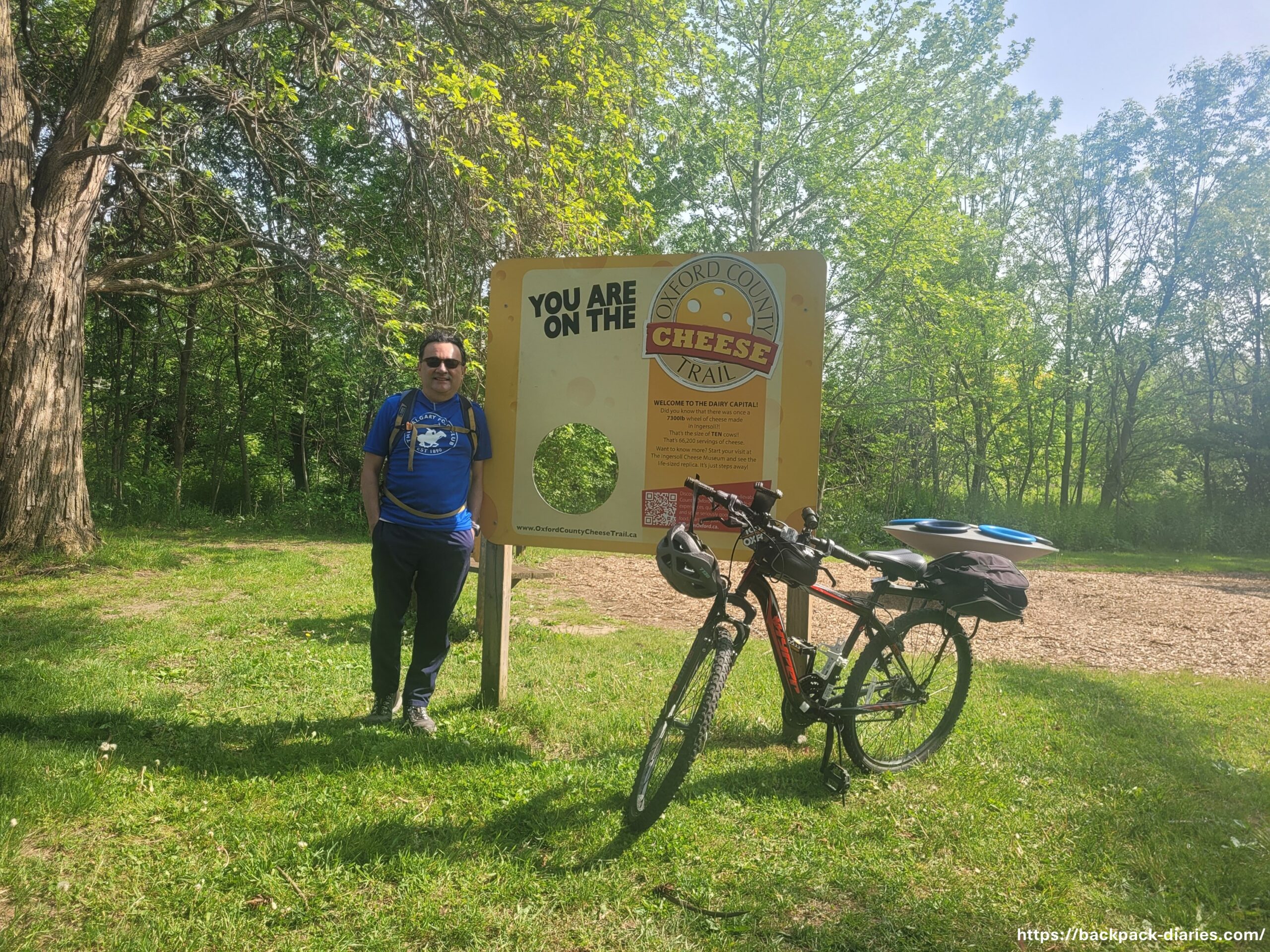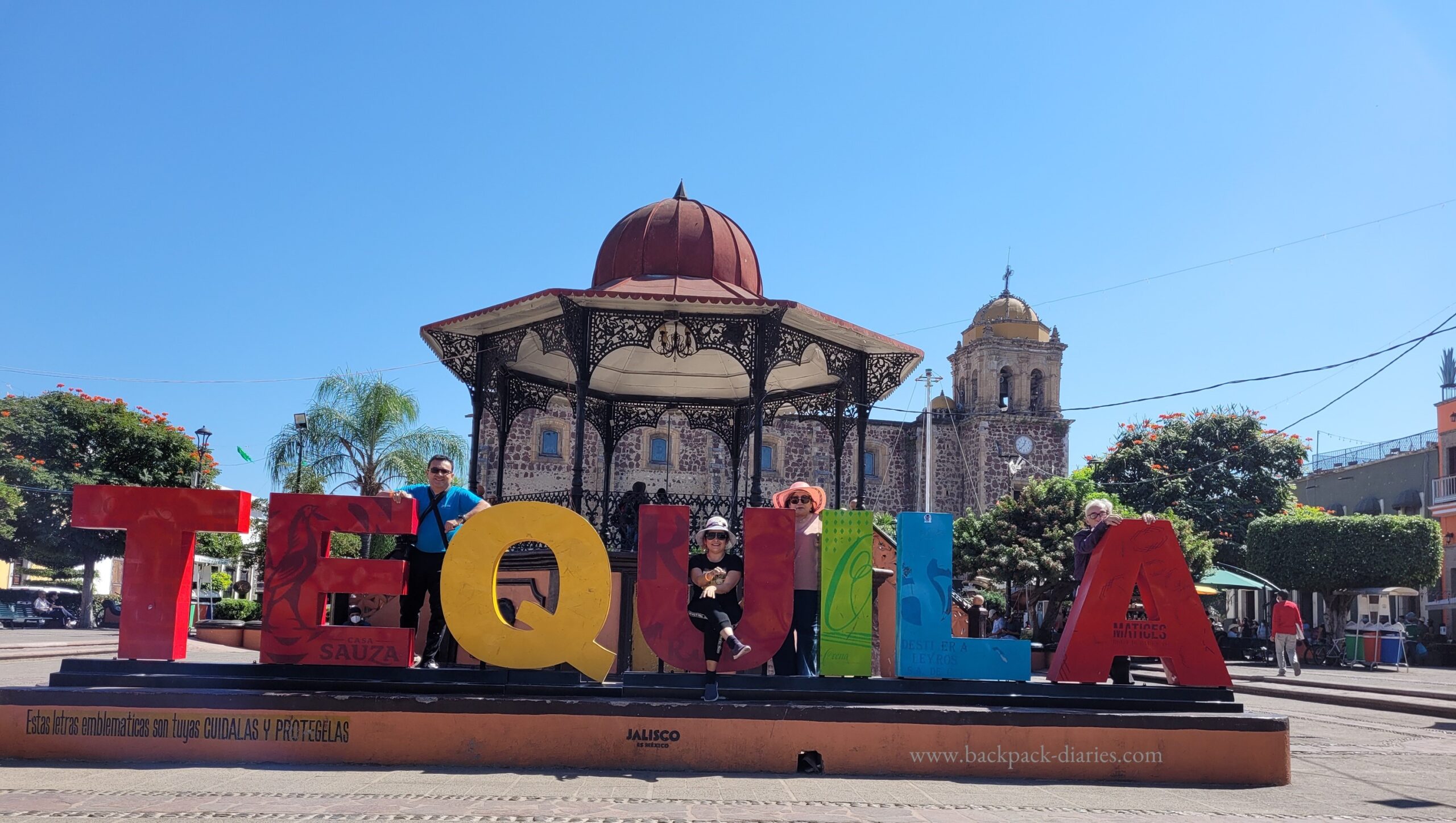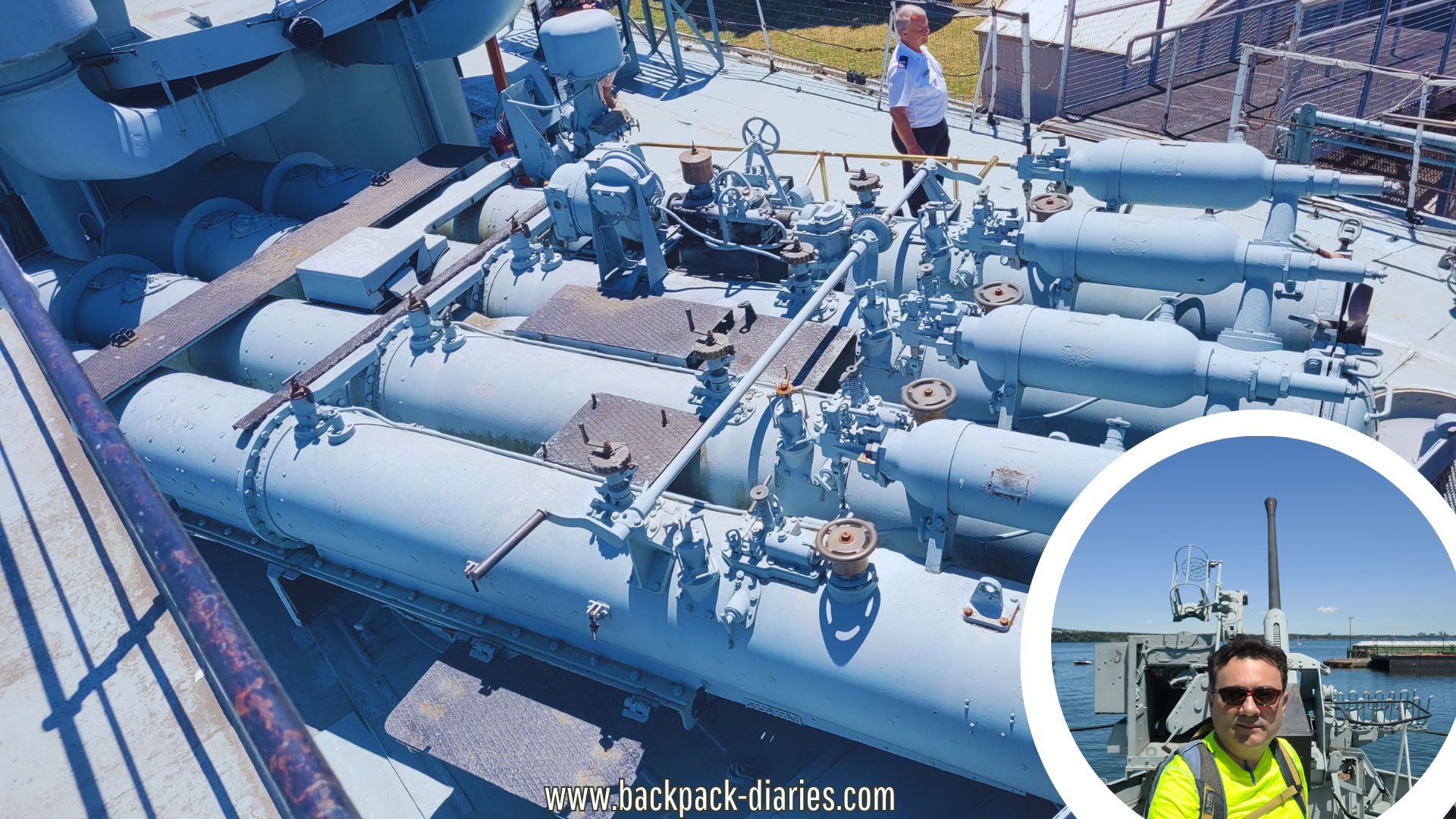Versión Español aqui.
Our trip to Tequila was one of those unforeseen and unplanned trips. I had just finished one of my projects in Canada, and my sister had a few days off. Children were busy on school days, and my sister and I did see eye to eye to make this trip with our parents.
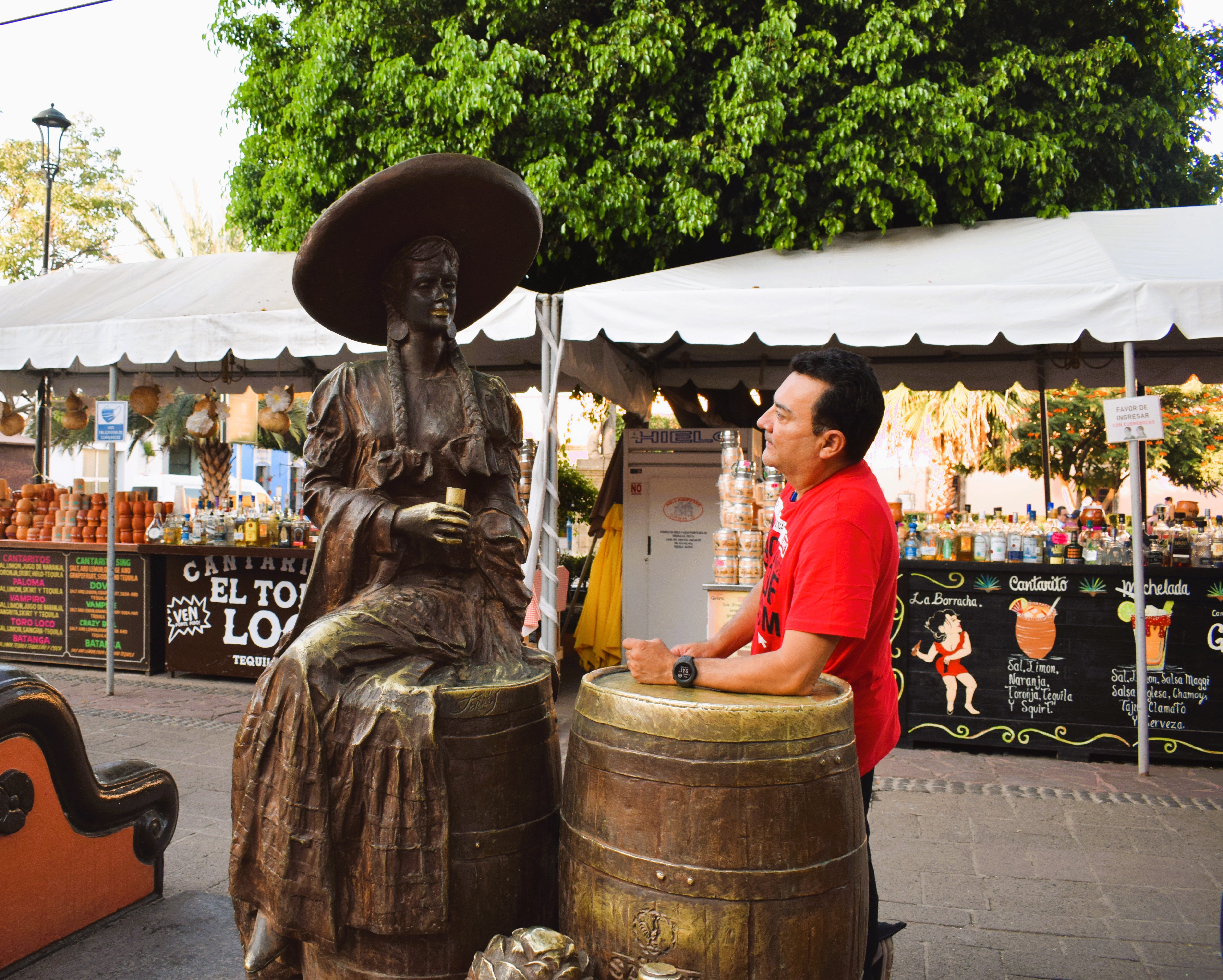
A short 3-day visit that was so enriching that this blog post turned out to be in 3 parts:
The first is this one, about the magical town of Tequila.
• The second part is our visit to the National Museum of Tequila (MUNAT).
All the things we learned about Tequila. (Theory)
• And the third part, practice, practice, practice! Three distilleries and tasting tours in Tequila. See my post : The “Tequila Experience” in Casa Cuervo.
Tequila main square, the parish, and the portals
We picked a hotel near downtown, within walking distance of the main square of the Magic Town of Tequila. “Magic town” is a term used in Mexico to refer to a select group of towns and villages that have been recognized by the Mexican government for their cultural, historical, or natural significance. These towns are officially known as “Pueblos Mágicos” (Magic Towns).
Tequila, as such, is not a village but a small city (40,000 inhabitants). When strolling into its main square, you come across its kiosk, clay jars (cantaritos), street musicians, and the magical town atmosphere of an old Mexican charro film.

Several films and TV soup operas have been filmed here in this region, such as “Terror vacations”, and more recently the Netflix series “Monarca”.

The portals became famous because several scenes from a soap opera were filmed there: “Destilando amor”—the ex-wife of a former president played the main character.
The Purisima temple, built in the 16th century, is a parish dedicated to Santiago Apostol. In its atrium is a statue of the priest Toribio Romo Gonzalez, the saint patron of the immigrants and a martyr of the “Cristero War.” Pope John Paul II canonized him in 2000.

Right in front of the parish is another religious site, a Franciscan chapel that functioned as a hospital for indigenous. Both churches are opposite, something I do not remember having seen often. However, as I understand, this was a Franciscan provision for the hospital for indigenous here in this region of Jalisco.
Murals
Walking through the main square, we came across the mural “Pueblo Magico de Tequila,” which captures a day of celebrations with the parish and the Tequila volcano as a background. Just above is the coat of arms of the city of Tequila, flanked by two rows of flags from different countries.

Further along, on the esplanade of the municipal presidency, the mural of the “Seven Virtues of Tequila” is visually powerful.
Tlaloc on top, the God of lightning and rain, casting the lightning that splits an agave in half, giving rise to Mayahuel, goddess of the maguey.
Contemplating the lightning are the faces of seven pioneering characters of the tequila industry. Seven bubbles represent the virtues of tequila: Health, Work, Success, Inspiration, Joy, Solidarity and Justice.

Tequila-tourist shuttle
Although many things are within walking distance from the main square, such as Casa Cuervo and the National Tequila Museum, it is trendy to take one of the Tequila-style tourist transportation. These shuttles are in the shape of bottles, clay jugs (cantarito), liquor containers (damajuana), etc.
From the entrance to the town, several vendors on their bicycles offer several packages for these tequila-shuttles.

Along our Tequila-shuttle ride, several city sculptures reflect the work and culture of the tequila industry and its origin.

Our first stop was at the “Martineño,” one of the most antiques distilleries in the region that has been producing Tequila since 1840.

At Martineño, we were offered agave-based liqueurs for tasting. Even my parents got into the tasting tune with amaretto, quince, coffee liqueur, pina colada, peach, tangerine, and mango. My sister did try the mango one with the “chilito tajin” hot powder.
Along the trip, walls advertising several tequila brands I was unaware of.

Los ‘Lavaderos’ : ‘The Laundries’, a popular hotspot from the past
On Tabernas Street, we briefly stopped at “Los Lavaderos” (“The laundries”). These were washing basins for the town before the construction of water pipelines.
These stone basins fed from pumped water from the Atizcua River.
Apart from washing, these laundries served as a social and communicative meeting point (“town gossip”).

The mural there portrays aspects of daily life in those laundries back then, a brawl: a pair of women pulling each other’s hair (catfight). 😯
Further ahead, a structure in ruins of “La Castellana,” another pretty old distillery that operated for more than 100 years. It was known as the “Monster Factory” since it employed several workers with disabilities and deformities. Its facilities served as the setting for the movie “Holidays of Terror.” You can see the façade in the process of restoration.
At the end of the tour, we visited the “Rubio Distillery”. But I will talk about it in more detail in another post.
In Jalisco not only “Pozole”
We were so hungry the first day after the trip that on our way from the Guadalajara airport to Tequila, we stopped at a stand along the road for the traditional “Tortas ahogadas” (drowned sandwiches). “Tortas Ahogadas” are like pork, chorizo, or steak sandwiches dipped or “drowned” in a spicy tomato sauce.
On another occasion, as we returned from the Museum of Tequila, we stumbled upon the “La Damajuana” restaurant near the main square. We each ordered something different from their delicious local menu: “Birria de Res”, “Tatema”, “Costilla entomatada”, and “Chamorro.”
On Abasolo Street, “La Molleteria” is a good place for brunch and lunch. We ordered some eggs, “a la Mezcalera” (scrambled with cactus sauce), “al Carrizal” (with mushrooms and bacon), and the house molletes (like stuffed biscuits).

We had breakfast at the “Cleofas Mota” market on the last day of our stay.
“Los Azules” Waterfall
Three days are not enough to see everything around; however, apart from the distilleries, my sister and I also agreed to hike to “Los Azules” waterfalls, a natural region attraction.

Heading northeast, we drove for about 15 minutes along the unpaved road “A los Sauces.“ We parked our vehicle close to field of aagaves, and from there, we began our hike.
The trail is clear, with rows of agaves and obsidian stones scattered along the way. However, the more into the forest, the denser it becomes along the hills’s ups and downs. It took us over an hour to get to the waterfall.
We relied on both a GPS and the sun’s position to navigate the trail, with the waterfall sound growing louder as we drew closer.
The waterfall is neither large nor spectacular, but combining the tequila-tasting experiences with a natural attraction and a little exercise was worth it.
Your feedback, comments, likes, and shares are always welcome. If you find this post interesting, please share it with others, or you can follow my Facebook page or Instagram.
I also invite you to check out my previous post about my visit to the most combative Canadian warship in Hamilton, Ontario the “Exploring HMCS Haida’s weapons and warfare”
Thanks and have a great day!
EO


